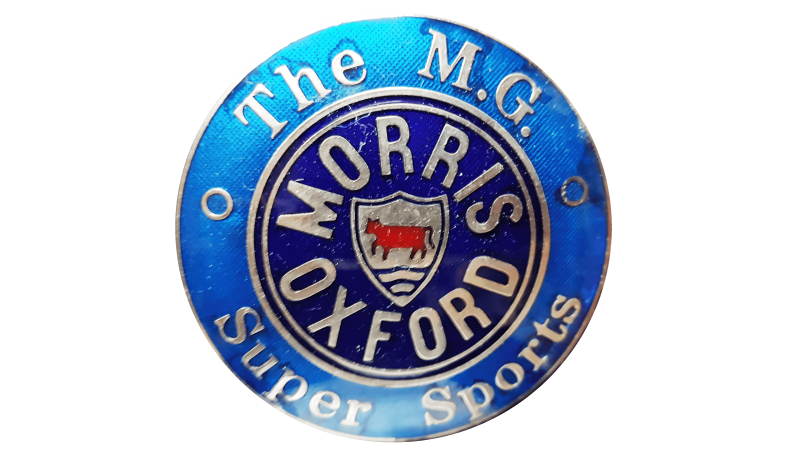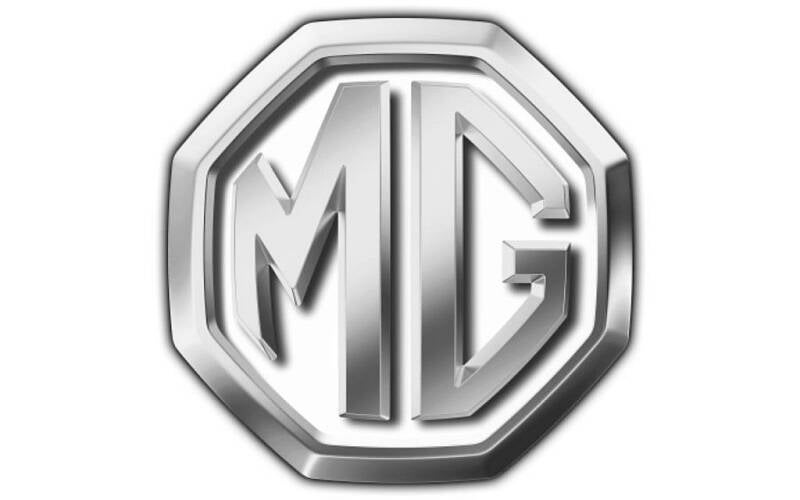

MG cars had their roots in a 1920s sales promotion sideline of Morris Garages, a retail sales and service centre in Oxford belonging to William Morris.
MG was a British automotive marque founded by Cecil Kimber in the 1920s, and M.G. Car Company Limited was the British sports car manufacturer that made the marque famous. Best known for its open two-seater sports cars, MG also produced saloons and coupés, with engines up to three litres in size. The marque is now owned by state owned Chinese automotive SAIC Motor Corporation Limited.


Headquartes: MG, Oxford, UK, 1924-1935

Morris Motors Limited. Longbridge England, UK, 1935-1952

Parent: British Motor Corporation Limited, Longbridge, United Kingdom, 1952-1968

British Leyland Motor Corporation,Oxfordshire, United Kingdom, 1968-1986

Headquarters: Rover Group, Longbridge, Birmingham, England, UK, 1986-1994

Parent: BMW, Munich, Germany, 1994-2000

Parent: MG Rover Group, Phoenix Venture Holdings Ltd, Birmingham, United Kingdom, 2000-2005

Headquarters: NAC MG UK Limited, Nanjing, China, 2005-2009

Headquarters: MG Motor, Shanghai, China, 2009-now
















1924-1927
1927-1952
1952-1962
1962-1990
1990-2010
2010-2021
2021-now







Create Your Own Website With JouwWeb